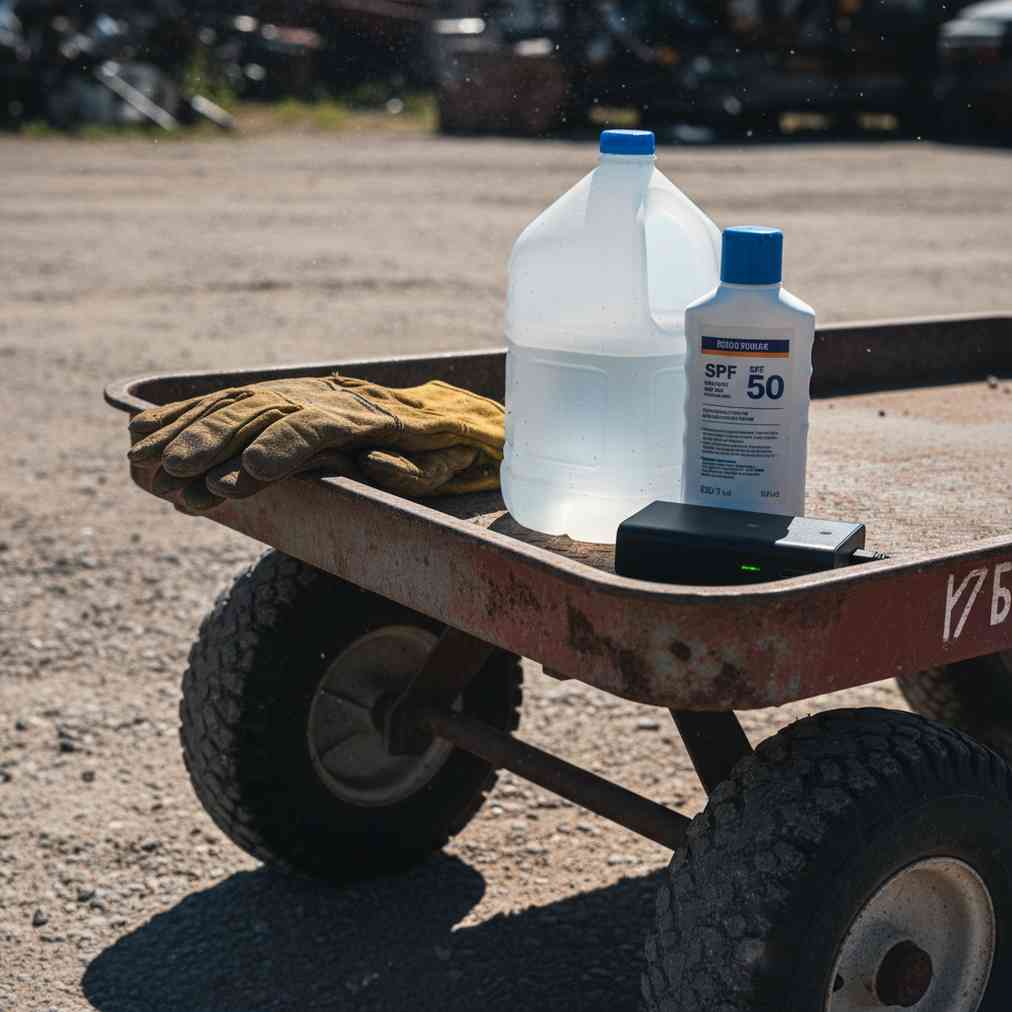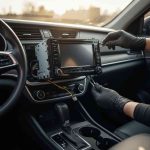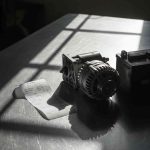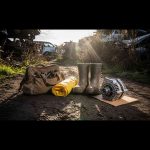Why Your Standard Toolkit Isn’t Enough
Most people heading to their local junkyard near me focus exclusively on packing the right wrenches, sockets, and cutting tools. While these are undeniably important, seasoned yard veterans know that surviving the harsh environment of a self-service salvage yard requires much more than just mechanical tools. The reality is that you-pull-it environments present unique challenges that can quickly turn a productive day into a miserable experience without proper preparation.
The scorching summer heat, unpredictable weather conditions, heavy cast iron parts, and exposure to hazardous fluids create an environment where comfort and safety items become just as critical as your socket set. Understanding what experienced pullers pack in their go-bags can mean the difference between a successful parts-hunting expedition and an early retreat to your vehicle.
Essential Item #1: Durable Work Gloves
Heavy-duty work gloves top every veteran puller’s list of essential non-tool items, and for good reason. Salvage yards are filled with sharp, rusty metal edges, leaked engine oil, transmission fluid, coolant, and other potentially harmful substances that can quickly turn a productive day into a trip to the emergency room.
Beyond preventing cuts and scrapes, quality gloves serve as your primary barrier against the grease and grime that coat virtually every surface in a junkyard. As one experienced puller noted, you need them to avoid getting contaminated hands all over your personal vehicle’s interior when heading home. This protective equipment should be considered mandatory PPE for anyone serious about salvage yard visits.
- Protection from sharp, rusted metal edges
- Barrier against hazardous fluids like coolant and brake fluid
- Prevents grease transfer to your clean vehicle
- Essential personal protective equipment (PPE)
- Reduces risk of cuts requiring medical attention
Look for gloves specifically designed for automotive work, with reinforced palms and fingers that can withstand the rigors of a busy salvage yard environment.
Essential Item #2: Adequate Water Supply
Working outdoors under the sun while performing physical labor can quickly lead to dehydration and heat exhaustion. Experienced pullers describe having drinking water as a “life saver” when wrenching outside during summer heat. The combination of direct sunlight, physical exertion, and often limited shade in most salvage yards creates conditions where proper hydration becomes critical to your safety and effectiveness.
Smart yard visitors bring several bottles of water, understanding that any leftover can be repurposed for cleaning hands and tools before returning to their vehicle. Emergency preparedness experts recommend having at least one gallon of water per person per day for survival situations, and the logic applies similarly to extended junkyard visits.
| Activity Level | Recommended Water Amount | Duration |
|---|---|---|
| Light browsing | 2-3 bottles | 2-4 hours |
| Active pulling | 4-6 bottles | 4-6 hours |
| Heavy part removal | 6+ bottles | Full day |
Essential Item #3: Quality Sunscreen Protection
Sun protection is vital when spending extended time in salvage yards, as most offer minimal shade and expose visitors to prolonged UV radiation. Quality sunscreen should be considered essential equipment alongside long sleeves and sunglasses for comprehensive protection against harmful rays.
Interestingly, seasoned pullers have discovered an unexpected secondary use for sunscreen: it can double as a decent grease remover in a pinch. This dual functionality makes it an even more valuable addition to your junkyard go-bag, serving both protective and practical cleaning purposes.
“Protection from the sun is absolutely critical when you’re spending hours outdoors with limited shade. I learned this the hard way after getting severely burned during my first few yard visits.”
Experienced salvage yard customer
- Prevents harmful UV exposure during extended outdoor work
- Works alongside protective clothing for comprehensive coverage
- Can serve as emergency grease remover
- Essential for fair-skinned individuals
- Reduces risk of skin damage and premature aging
Essential Item #4: Portable Transportation Solution
Auto parts can be surprisingly heavy, with engine parts, transmissions, and heavy cast iron pieces often weighing 25 pounds or more. Manually carrying these items back to the parking lot is exhausting and significantly increases injury risk. A wagon, dolly, or pull-along trolley becomes essential equipment for any serious parts puller.
Veteran yard visitors recommend investing in a sturdy cart that can handle substantial weight while navigating the often uneven terrain of salvage yards. One experienced puller noted they can effortlessly haul a 25-pound load around without strain, saving energy for more productive pulling activities.
This transportation solution serves multiple purposes: carrying your tools into the yard, transporting heavy parts back to your vehicle, and reducing the physical strain that can lead to injury during extended visits. The investment in a quality cart pays for itself quickly in reduced fatigue and increased efficiency.
Essential Item #5: Reliable Portable Power Bank
A portable battery pack or power bank might seem like an unusual addition to a junkyard go-bag, but experienced pullers understand its tremendous value. Modern power banks ensure your phone stays charged for communication and looking up cross-reference information on the fly, which can be crucial when identifying compatible parts.
More advanced users have successfully employed large, dedicated 12V battery packs to power up vehicle electronics like power seats, allowing access to hidden bolts that would otherwise be impossible to reach. This capability can mean the difference between successfully removing a valuable part and leaving empty-handed.
- Keeps communication devices charged for safety
- Enables online parts research and compatibility checking
- Powers small tools when needed
- Can activate vehicle electronics for better access
- Essential for emergency communication
When selecting a power bank, consider both capacity and output options. Modern portable power solutions offer multiple charging ports and sufficient capacity for extended use.
Additional Comfort and Safety Considerations
Beyond these five essential items, successful junkyard visits often depend on several additional comfort and safety considerations that separate novices from experienced pullers.
Weather Protection Strategies
The environment can be brutal during summer heat, and many veterans avoid trips after rainy days due to mud and standing water. A small tarp serves multiple purposes: providing ground protection in muddy conditions and creating a cleaner surface when working inside dirty donor vehicles.
Clothing and Personal Protection
Beyond gloves, wearing long-sleeve shirts and jeans provides essential protection against cuts, scrapes, and fluid exposure. This clothing acts as your first line of defense against the hazardous environment typical of most salvage yards.
Cleanup and Hygiene Supplies
Hand cleaner and shop towels are frequently carried items that allow thorough cleanup before touching your clean vehicle interior. These supplies are particularly important when you’re ready to sell a junk car or transport parts in your personal vehicle.
Smart Packing and Organization Tips
Organizing these non-tool essentials efficiently ensures they’re available when needed without adding unnecessary bulk to your kit. Consider using a dedicated bag or section of your tool carrier specifically for these comfort and safety items.
| Category | Primary Items | Storage Tips |
|---|---|---|
| Protection | Gloves, sunscreen, long sleeves | Easy-access outer pocket |
| Hydration | Water bottles, electrolytes | Insulated section or cooler |
| Transportation | Cart, dolly, straps | Foldable options preferred |
| Electronics | Power bank, charging cables | Protected, dry compartment |
Seasonal Considerations for Your Go-Bag
Smart junkyard visitors adjust their go-bag contents based on seasonal conditions and expected challenges. Summer visits require enhanced heat protection and hydration, while winter trips might need different considerations for comfort and safety.
Understanding how weather affects junkyard conditions helps you pack appropriately and avoid uncomfortable or dangerous situations during your visit.
Maximizing Your Investment in Non-Tool Items
These five essential non-tool items represent a relatively small investment that pays significant dividends in comfort, safety, and effectiveness during junkyard visits. Quality versions of these items will serve you well across multiple trips and can often prevent costly medical bills or ruined clothing.
Consider these items as essential infrastructure for successful parts hunting rather than optional extras. Just as you wouldn’t attempt serious mechanical work without proper tools, approaching a salvage yard without adequate comfort and safety provisions significantly reduces your chances of success.
The difference between amateur and professional junkyard visitors often comes down to preparation and understanding that successful parts pulling involves much more than just mechanical skills. By packing these five essential non-tool items, you’ll be prepared to handle whatever challenges the yard throws your way, ensuring productive visits and successful parts acquisition for your automotive projects.





Leave a Reply
You must be logged in to post a comment.